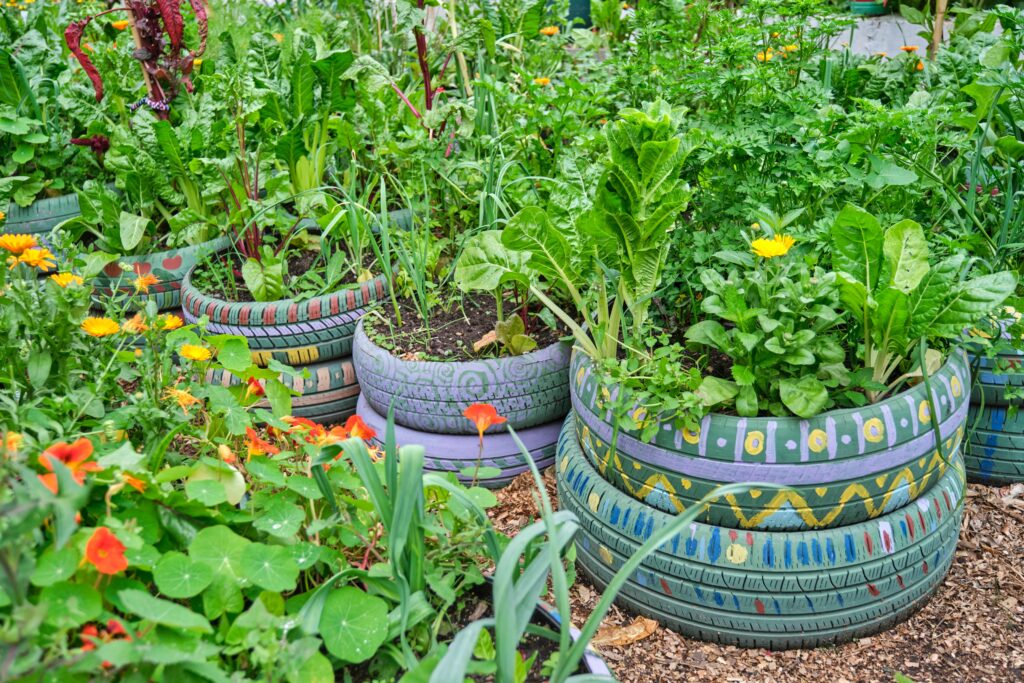Urban Harvest Tips

- What are your needs? Don’t grow just for the sake of it. What is your budget? What are your food needs? What do you eat consistently? How much time do you want to dedicate? How many people does this need to support? Like so many aspects of life, set your intention first.
- Identify your space. Starting your own sustainable agriculture doesn’t require acres of land, or even a yard. You can get creative to maximize your grow space, like microgreens, trellising, vertical gardens or edible landscaping. Don’t be surprised if you fit an entire produce section in 3 sq. ft.
- Research your climate. The grow instructions on seed packages don’t account for where you live. Pickett experienced years of frustration trying to follow the recommended instructions for a climate she didn’t live in. Start your research by learning more about where you live. (To help get you started, Florida has a subtropical climate.)
- Find a mentor. It’s helpful when you find someone that’s been there and done that. Instead of struggling, finding other urban agriculturists online can reduce some stress and (potential) errors, allowing the fruits of your labor to blossom sooner rather than later.
- Include support plants. When Pickett first started, she didn’t plant anything that wasn’t going on her family’s plate. However, support plants are vital. They help with pest control, nitrogen enrichment, etc., and they look beautiful. With this approach, her urban farm is low maintenance and low impact.
Check out The Urban Harvest (theurbanharvest.com) for tips and resources.
One Response